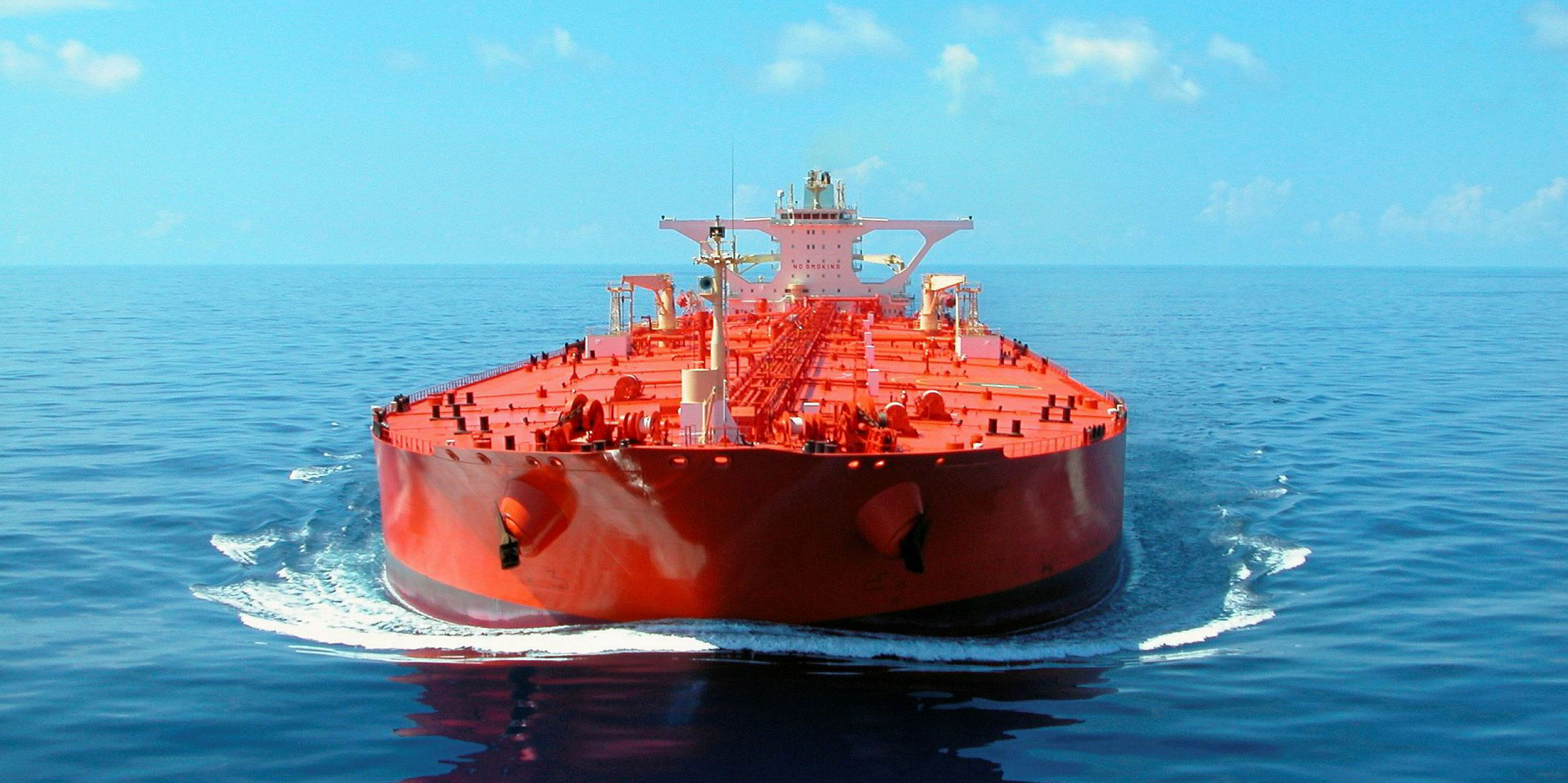In the last three weeks a new online platform and a pilot project have launched aimed at facilitating the supply of LNG as bunkers.
Dag Lilletvedt went live with his new company and platform Powerzeek on 27 April, while classification society DNV GL opened the pilot phase of its product FuelBoss at the start of this week.
Both are looking towards their first transactions and operations. But this is still an emerging sector with suppliers of LNG bunkers ranging from the energy majors to small independents chasing supply to 182 existing LNG-fuelled vessels and a further 209 on-order newbuildings.

Powerzeek founder & chief executive Lilletvedt, who has been working as an independent developer of small-scale LNG terminals and supply since 2005, said he has spent the past two years working on how to digitise the sourcing of LNG as bunkers after his own experience of it as a time-consuming and manual process.
Lilletvedt recalls asking for quotes from 19 different companies for one job, and receiving the same number back, each with its own terms and conditions, and covering a range of different pricing formulas. “For many shipowners this is new territory for them, so I really think there is a need for standardisation and a platform is a way to do this,” he said.
Shipowners sign up for free on Powerzeek and need to register a ship to make an enquiry.
They can then receive quotes from LNG bunker suppliers able to supply product in the requested port. When the main terms have been agreed the parties can use the chat function to communicate directly over operational matters.
Suppliers pay 0.1% of the agreed total price of the fuel that the buyer agrees to purchase, which Lilletvedt assures is much cheaper than using a broker.
Powerzeek is starting with LNG, but Lilletvedt says other fuels including marine gasoil and fuel oil will be introduced soon. He adds that he has also received requests to include methanol and biogas.
The CEO said the platform has several companies already registered, with what he describes as “some major players” on both sides.
Lilletvedt says Powerzeek is simply focused on the buying and selling of bunkers. “It’s purely a transactional fuel platform and we only focus on the fuel,” he said, explaining that there it does not integrate with the ship operations or port planning as this can be done through the chat function.
Powerzeek has already opened an office in San Francisco on the US west coast and Lilletvedt says more international offices are planned.
In coincidental timing, DNV GL is kicking off a pilot on 11 May of its LNG bunkering platform FuelBoss.
The new platform, which was unveiled in January, will launch its test phase with three LNG bunker suppliers who will then invite some of their customers to execute bunkering trades via FuelBoss.
DNV GL chief consultant Martin Wold says about 10 different suppliers will be added during the four-month pilot with the bulk of shipowners using the platform onboarded by these bunker supply companies. But owners who want to test the spot buying function are welcome to sign up.
During this test phase FuelBoss is free to use. When it goes live in September, DNV GL plan to charge suppliers a fee based on use and delivered volume.

Wold says the new platform is primarily a tool to digitalise, streamline and standardise operations for the energy suppliers which in turn will make life easier for their customers.
Logistics is large part of the cost of LNG bunkering which is why making the best use of operational data is key, he explains.
The consultant says DNV GL’s guesstimate is that around 90% of the volume in the LNG bunker market is on long-term contracts. FuelBoss was designed around the term contracts where there is already some volume then it made sense to build a small add on for the trading aspect and the spot volumes.
Wold says it is much more than a trading platform as it also covers the operational aspects. These include the electronic checklist, statement of fact document on which the bunker vessel captain timestamps events during operations and the electronic delivery note. FuelBoss also includes a business intelligence module based on advanced analysis of AIS and DNV GL’s own data.
FuelBoss is only focused on LNG at present but the ambition is to expand it to cover every other alternative fuel when it becomes relevant.
Wold says a first bunkering operation is expected to take place through FuelBoss this month, under an existing term contract with Gasum. His team hope the first spot operation will happen during this summer test phase.









